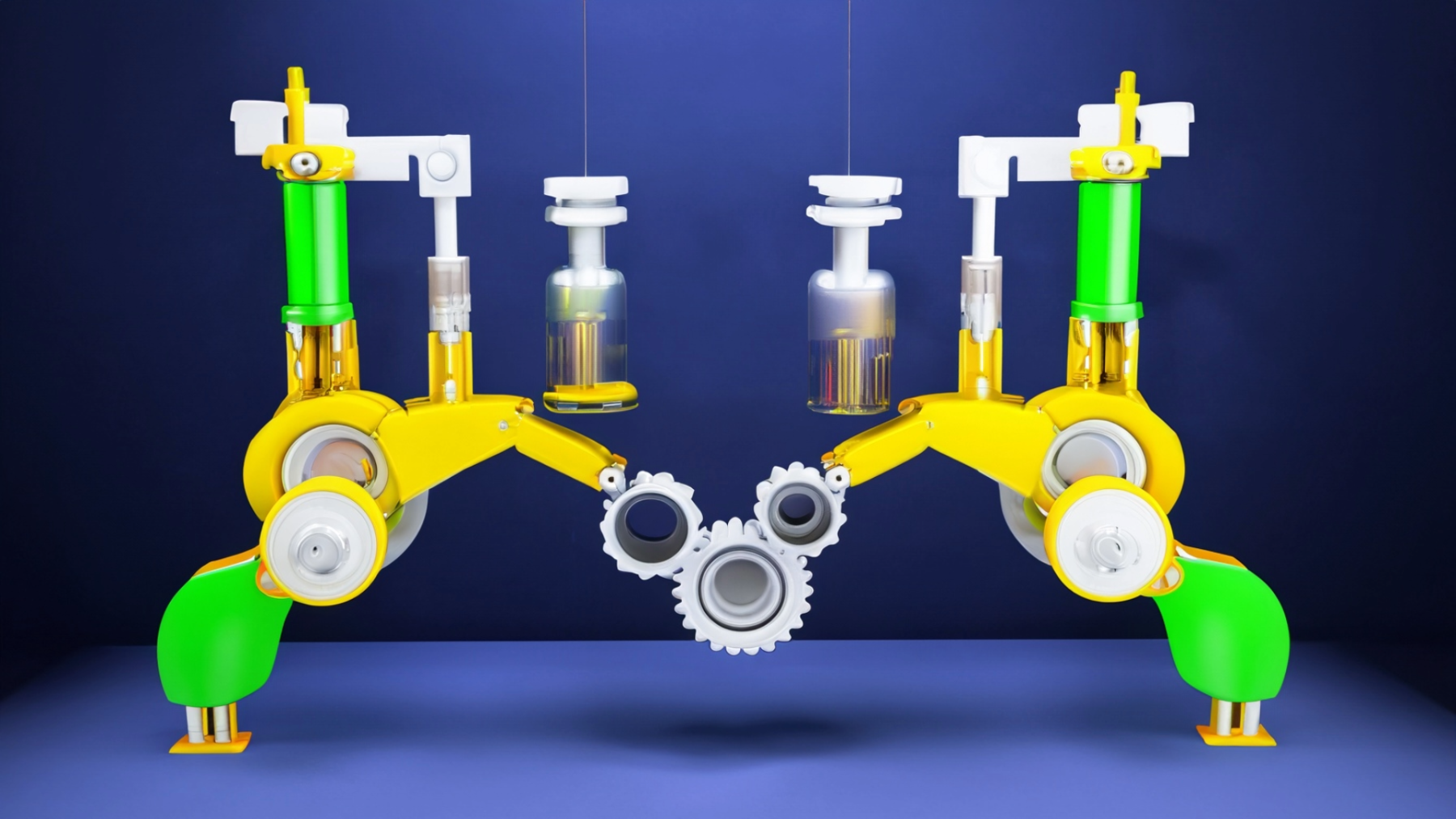
Da Vinci's Bridge Day 1 and 2
by Matthew Heaston
This lesson is part 1 of 2. This lesson is set up to have students explore the friction bridge designed by Leonardo Da Vinci. Students first discover the inventor and become familiar with his life, inventions and the bridge itself. I use this part of the assignment to support ELA, there are other built in opportunities to support other core classes as well. Students can build DAY 1 if they finish the small bit of research. Day two allows them to explore, taking turns trying to build longer and longer bridges by finding better practices and skills.
I provide balsa sticks, but have done this with pencils, chopsticks, twigs, etc. The smaller the stick, the more difficult the build.
Lesson Plan Link/URL
https://docs.google.com/presentation/d/15qz9gAGN7x4p1TyGTgRiVlVeu7Gkof37/edit?u…Subject Area
Science Physical Science P3: Net Force Technology 1. Empowered Learner 2. Digital Citizen 3. Knowledge Constructor 4. Innovative Designer 5. Computational Thinker 6. Creative Communicator 7. Global Collaborator Engineering S1: Engineering & Global Society S2: Apply the Engineering Design Process S3: Apply Mathematics to Engineering S4: Apply Science to Engineering S5: Apply Technology to Engineering Mathematics Measurement and Data (MD) Geometry (G) Ratio and Proportion (RP) English Language Arts (ELA) Reading (Informational Text) Writing Speaking & Listening
Featured
Off
Related Content

Grades:
7th Grade, 8th Grade, 9th Grade, 10th Grade, 11th Grade, 12th Grade
This lesson is a whole unit on energy. It can be broken up into 10 separate lessons. I chose to put them all together so that it was easier to see how I organized them so you did not have to search

Grades:
2nd Grade, 3rd Grade
Students will research a biome around the world, including 3 animals, 3 plants, and 3 nonliving parts of the ecosystem. Students will construct a diorama of the biome and illustrate a natural disaster

Grades:
9th Grade, 10th Grade, 11th Grade, 12th Grade
This STEM Argumentative Research Project engages students in exploring the scientific, ethical, and societal implications of themes in Mary Shelley's "Frankenstein." Students will work in groups to

